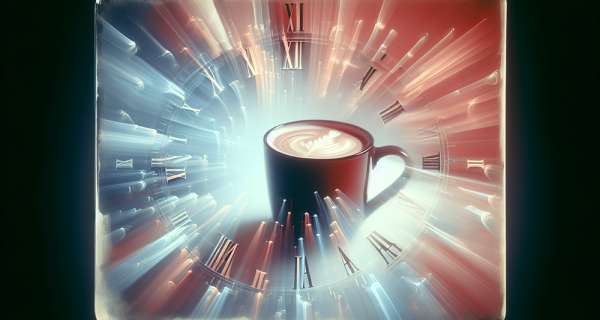Katinat, a popular coffee chain in Vietnam, is now in the spotlight. They decided to give 1,000 VND from each drink to help people in North Vietnam after a big storm. This decision has caused a lot of talk among people.
Some think 1,000 VND is too little. They say Katinat made almost 470 billion VND last year, so they should give more. But let's look at what 1,000 VND means for a business like Katinat.
Mr. Le Ba Hai Sieu, a business expert, says that 1,000 VND might seem small to most people. But for those who run drink shops, especially coffee chains, 1,000 VND per drink is actually quite big.
Mr. Sieu explains that chain businesses, especially drink shops, need to be very careful with their money. They try to save even a few hundred VND on each product. He jokes, "In chain businesses, profit and loss are as close as a piece of toilet paper."
Looking at Katinat, their drinks cost between 35,000 and 70,000 VND. If we say the average price is 50,000 VND, then 1,000 VND is about 2% of each drink's price. This means Katinat is giving about 2% of their sales to help people.
"2% might look small to most people," Mr. Sieu says. "But in the world of chain businesses, 2% is a big deal. Many top retail businesses in Vietnam struggle every day to make that2%."
Profit Margins of Coffee Shop Chains
Mr. Sieu's view makes sense when we look at how Highlands Coffee, the top coffee chain in Vietnam, is doing. In 2022, Highlands Coffee made over 3,500 billion dong in sales and 270 billion dong in profit after tax. This means their net profit margin was only about 8% after all costs were paid.
If we use Highlands Coffee as an example for Katinat, taking 1,000 dong from each drink or 2% of sales is "meaningful" for a coffee chain.
To understand more about how drink chains work, The LEADER talked to the owner of a big tea and coffee chain with over 130 shops in Vietnam. This person said that in a perfect business situation, for every 100 dong a chain makes:
- 20 dong goes to rent
- 30 dong is for ingredients
- 15 dong pays for staff
- 5 dong covers electricity, water, and cleaning
The remaining 30 dong includes profit, marketing costs, financial costs (if any), equipment costs, taxes, and other expenses.
"The ideal after-tax profit for a drink chain is 20%, but few businesses reach this, especially now when business is tough and people are buying less," the owner said.
The think a 20% net profit margin is usually seen in fast-growing chains. After this growth period, a net profit margin above 10% is good.
Even Phuc Long, a chain that grew a lot after Masan bought it, only had a net ptofit margin of about 13% in 2022. Many drink chains have had to get smaller but still can't make more profit. The Coffee House is an example of this. In August, they closed many shops in Can Tho, Da Nang, Hanoi, and Hai Phong. From 2019 to 2023, The Coffee House hasn't made a profit yet.
The Burden of Rent: Why Coffee Shops Close
Many coffee shops in Vietnam are closing because of high rent costs. This is a big problem for businesses like The Coffee House. They have to shut down some of their stores to save money.
Rent is a major expense for coffee shops. As time passes, landlords often increase the rent. This makes it hard for businesses to make money. For example, Starbucks in Vietnam had to leave a shop in Ho Chi Minh City because the rent was very high - about 700 million Vietnamese dong per month.
Katinat, another coffee chain, is also facing this problem. They charge about 70,000 dong for a drink, which some people think is too much. But this high price is because of the expensive rent they pay.
Katinat started in 2016 with nine shops in Ho Chi Minh City and one in Bien Hoa. In October 2021, they decided to grow bigger. They opened more shops in good locations. Now, they have more than 70 tea and coffee shops, mostly in busy areas.
Good locations mean high rent. This forces businesses to charge more for their products. That's why a small price increase of 1,000 dong per drink can cause arguments when the total price is already 70,000 dong at Katinat.
Coffee shop chains can try to save money in other ways. They can use technology to manage their stock better or reduce staff. But they can't easily lower their rent costs. Rent is a fixed expense that they must pay.
Having shops in good locations is also a way for big coffee chains to compete with each other in Vietnam. According to Vietdata, Katinat has 1.35% of the coffee chain market in 2023. This might seem small, but in Vietnam's food and drink market, which was worth about 21.6 billion US dollars last year, it's actually quite significant.
Source: theleader.vn






















0 Comments